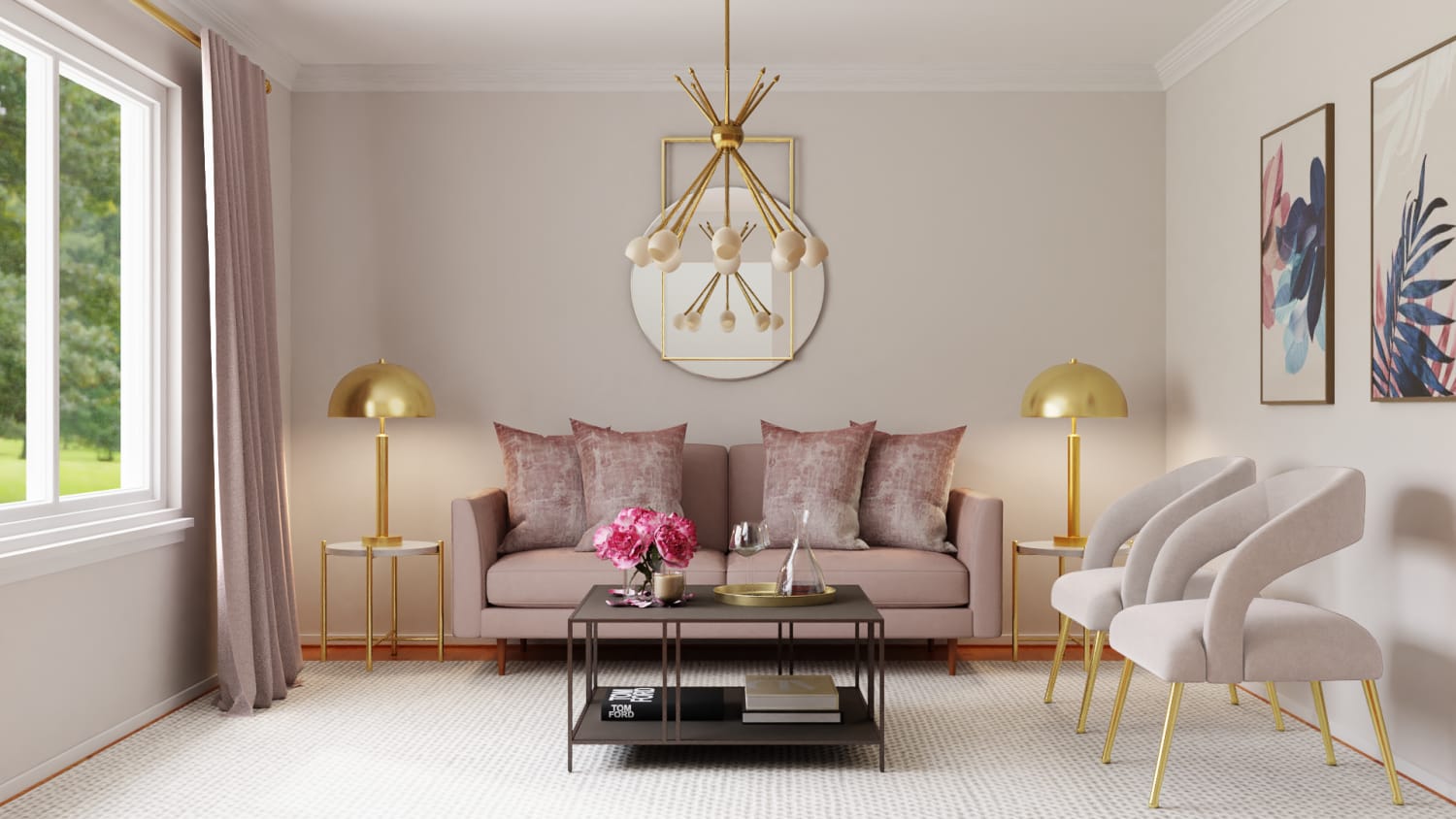

Articles
What Colors To Paint A Small Living Room
Modified: January 19, 2024
Discover the best color schemes to make your small living room feel spacious and cozy. Read our articles for expert tips on painting a small living room.
(Many of the links in this article redirect to a specific reviewed product. Your purchase of these products through affiliate links helps to generate commission for Storables.com, at no extra cost. Learn more)
Introduction
When it comes to decorating a small living room, one of the most important considerations is choosing the right colors for the space. The colors you use can significantly impact the perception of size, brightness, and ambiance in the room. With the right color palette, you can create an illusion of a larger, more open space and make your living room feel cozy and inviting.
In this article, we will explore the various factors to consider when choosing paint colors for a small living room. We will discuss the benefits of neutral colors, the soft and soothing effects of pastels, the light and airy feel of certain colors, and the bold and vibrant options that can add personality to your space. Additionally, we will provide tips on using multiple colors in a small living room and highlight common mistakes to avoid when selecting paint colors.
So, whether you are looking to make your small living room appear more spacious, create a relaxing atmosphere, or showcase your unique style, we have got you covered. Let’s dive in and discover the perfect colors to paint your small living room!
Key Takeaways:
- Create the illusion of space and ambiance by choosing the right paint colors for a small living room. Consider factors like natural light, desired mood, and existing décor to transform the space into a stylish and functional area.
- Embrace the versatility of neutral, soothing pastel, light and airy, or bold and vibrant colors to infuse your small living room with personality and style. Avoid common mistakes and use multiple colors thoughtfully to create a visually appealing and personalized space.
Read more: What Color To Paint A Living Room
Importance of choosing the right colors for a small living room
The choice of colors can greatly impact the overall look and feel of a small living room. The right colors can create an illusion of space, enhance natural light, and set the desired mood and atmosphere. Here are some reasons why choosing the right colors is crucial:
1. Perception of Size: Colors have the power to visually expand or shrink a space. Lighter colors such as whites, creams, and pastels have a reflective quality that can make a room feel larger and more spacious. On the other hand, dark colors can make a room appear smaller and more intimate. By selecting the right colors, you can create the illusion of a larger living room, even if the square footage is limited.
2. Brightness: Small living rooms often lack abundant natural light, which can make the space feel dark and gloomy. The right colors can help brighten up the room and make it feel more welcoming. Lighter colors, especially those with a hint of warmth, can reflect and amplify the available light. This can make your small living room feel brighter, airier, and more cheerful.
3. Mood and Atmosphere: Colors have a psychological effect on our emotions and can influence the mood and atmosphere of a room. Soft, cool tones such as blues and greens can create a calm and serene ambiance, perfect for unwinding and relaxation. Warm colors like yellows, oranges, and reds evoke feelings of warmth, energy, and coziness. By selecting colors that align with the desired mood and atmosphere, you can create a living room that suits your personal style and promotes a sense of comfort.
4. Cohesiveness with Décor: The colors you choose for your living room walls should harmonize with the existing décor and furnishings. By selecting complementary or contrasting colors, you can create a cohesive and visually appealing space. The right color palette can enhance the beauty of your furniture, artwork, and accessories, creating a unified and well-designed look.
By understanding the importance of color selection in a small living room, you can make informed decisions that will transform your space into a stylish and functional area. The next step is to consider a few key factors before finalizing your paint colors.
Considerations before choosing the paint colors
Before diving into selecting the paint colors for your small living room, there are several considerations that can help guide your decision-making process. By taking these factors into account, you can ensure that the colors you choose will enhance the space and meet your specific needs. Here are some key considerations:
1. Natural Light: Evaluate the amount of natural light your living room receives throughout the day. If your room is well-lit with abundant natural light, you have more flexibility with darker colors. On the other hand, if your room lacks natural light, it is advisable to opt for lighter colors that will help brighten the space.
2. Desired Mood: Consider the mood and ambiance you want to create in your living room. Are you looking for a cozy and warm atmosphere, or do you prefer a light and airy feel? The colors you choose should align with your desired outcome, whether it’s a relaxing sanctuary or an energizing space for socializing.
3. Room Size: The size of your living room will also play a role in color selection. Lighter colors tend to make a small room appear larger and more open, while darker colors can make a larger room feel more intimate. If your living room is on the smaller side, consider using lighter colors to create the illusion of space.
4. Existing Décor: Take stock of your existing furniture, accessories, and artwork in the living room. Consider whether you want the colors on the walls to complement or contrast with your décor. If you have bold or vibrant furnishings, a neutral or muted color palette for the walls may be a better choice.
5. Personal Preference: Ultimately, your personal preference and style should guide your color selection. Consider colors that resonate with you and make you feel comfortable and happy. Don’t shy away from experimenting with different shades and tones to find the perfect combination that reflects your personality.
By considering these factors, you can narrow down the options and choose paint colors that are well-suited to your small living room. In the following sections, we will explore different color palettes that work exceptionally well in small living spaces. From neutral tones to bold hues, you’ll find inspiration to transform your living room into a captivating and inviting space.
Neutral colors for small living rooms
Neutral colors are a popular choice for small living rooms due to their versatility, timeless appeal, and ability to create a sense of openness. These colors can serve as the foundation for your living room’s design, allowing you to easily incorporate various furniture styles and décor elements. Here are some top neutral colors to consider:
1. White: White is a classic choice for small living rooms, as it reflects light and creates an airy, spacious feel. It is a versatile color that can be paired with any style or accent color. Opt for a bright white or consider off-white shades like cream or ivory for a softer look.
2. Beige: Beige is another popular neutral color that adds warmth and sophistication to a living room. It works well with different color schemes and can create a cozy and inviting atmosphere. Consider shades like taupe or sandy beige to add depth and dimension to the room.
3. Gray: Gray has become increasingly popular in recent years, and for good reason. It is a versatile and modern neutral color that can create a chic and contemporary look. Lighter shades of gray can give the illusion of space, while darker grays can add depth and richness to the room.
4. Greige: Greige, a combination of gray and beige, offers the best of both worlds. It is a warm and neutral color that can bring warmth and depth to a small living room. Greige works well with both cool and warm color palettes, making it a versatile choice.
5. Taupe: Taupe is a warm and earthy neutral color that can add a touch of sophistication to your living room. It is a blend of brown and gray undertones, creating a versatile backdrop for various décor styles. Taupe can be paired with both cool and warm accents, making it a flexible choice.
When using neutral colors in a small living room, consider layering different shades to add visual interest and depth. Use lighter shades on the walls to create the illusion of space, and incorporate darker neutral tones through furniture, accessories, or accent walls. This will create a balanced and cohesive look while still keeping the room light and open.
Neutral colors provide a blank canvas for you to showcase your personal style through furniture, artwork, and accessories. Whether you prefer a clean and minimalist look or a more eclectic and bohemian style, neutral colors can adapt and complement your vision.
Now that we’ve explored the beauty of neutral colors, let’s move on to the soft and soothing palette of pastel colors for small living rooms.
Pastel colors for small living rooms
Pastel colors are known for their softness, tranquility, and ability to create a serene and soothing atmosphere. These light, muted hues are perfect for small living rooms as they can make the space feel brighter, larger, and more inviting. Here are some delightful pastel colors to consider:
1. Pale Pink: Soft shades of pink can add a touch of femininity and warmth to your small living room. Light pink hues promote a sense of calm and serenity while creating a gentle and inviting ambiance. Pair pale pink walls with white or cream furniture for a delicate and elegant look.
2. Light Blue: Light blue is a versatile pastel color that evokes a sense of serenity and tranquility. It can create an airy and refreshing atmosphere, making it an excellent choice for small living rooms. Consider shades like powder blue or sky blue to bring a hint of the outdoors inside.
3. Mint Green: Mint green is a soothing and fresh pastel color that can instantly brighten up a small living room. It brings a touch of nature and promotes a calming environment. Pair mint green walls with white furniture and natural textures to create a coastal-inspired oasis.
4. Lavender: Lavender is a gentle and romantic pastel color that can add a sense of luxury and elegance to your living room. It creates a serene and peaceful environment, perfect for relaxation. Combine lavender walls with light gray or cream accents for a sophisticated and dreamy look.
5. Soft Yellow: Soft yellow is a cheerful and warm pastel color that can bring a burst of sunshine to your small living room. It creates a welcoming and vibrant atmosphere while promoting a sense of happiness and positivity. Pair soft yellow walls with white or light gray furniture for a cheerful and fresh look.
When using pastel colors in a small living room, it’s important to strike a balance and avoid overwhelming the space. You can incorporate pastel colors on the walls, furniture, or accessories, but be mindful of not using too many different pastel shades at once. Use neutrals as a base and add pops of pastel to create a harmonious and visually pleasing space.
Pastel colors provide a gentle and serene backdrop for various design styles, from traditional to contemporary. Whether you want to create a cozy cottage-inspired room or a modern and minimalistic space, pastel colors can adapt to your vision and create a soothing sanctuary.
Now that we’ve explored the beauty of pastel colors, let’s move on to the light and airy palette of colors for small living rooms.
When painting a small living room, choose light and neutral colors like soft gray, beige, or light blue to make the space feel larger and more open. Avoid dark and bold colors that can make the room feel cramped.
Read more: What Is The Best Paint Color For Living Room
Light and airy colors for small living rooms
Light and airy colors can create a sense of spaciousness and freshness in small living rooms, making them feel open, bright, and inviting. These colors reflect natural light and can make the room feel more expansive. Here are some beautiful light and airy colors to consider for your small living room:
1. Soft Ivory: Soft ivory is a warm and elegant color that can instantly brighten up your living room. It has a timeless appeal and creates a sophisticated yet cozy ambiance. Pair soft ivory walls with light-colored furniture and accents for a classic and airy look.
2. Pale Gray: Pale gray is a versatile and popular choice for small living rooms. It adds a touch of sophistication and can create a calming and serene environment. Consider shades like dove gray or silver gray to infuse your living room with a contemporary and light-filled feel.
3. Light Beige: Light beige is a neutral color that can bring warmth and versatility to your small living room. It has a subtle depth and creates a serene and comfortable space. Pair light beige walls with white or cream furniture to enhance the light and airy atmosphere.
4. Soft Sky Blue: Soft sky blue is a refreshing color that can make your small living room feel like a breath of fresh air. It evokes a sense of tranquility and can create a soothing and inviting ambiance. Pair soft sky blue walls with white or light wood furniture for a coastal-inspired look.
5. Pale Yellow: Pale yellow is a cheerful and sunny color that can instantly brighten up a small living room. It promotes a positive and uplifting atmosphere, making it perfect for creating a happy and inviting space. Pair pale yellow walls with crisp white furniture for a vibrant and airy look.
When using light and airy colors in a small living room, consider keeping the color palette consistent throughout the space. This will create a cohesive and unified look, amplifying the sense of openness and brightness. Use lighter shades for the walls and incorporate pops of color through furniture, accessories, and artwork.
Light and airy colors work well with various design styles and can effortlessly complement both modern and traditional aesthetics. Whether you prefer a minimalist Scandinavian look or a cozy farmhouse vibe, light and airy colors will infuse your living room with an inviting and refreshing feel.
Now that we’ve explored the light and airy palette, let’s move on to the bold and vibrant colors that can add a pop of personality to your small living room.
Bold and vibrant colors for small living rooms
If you’re looking to make a statement in your small living room, bold and vibrant colors are the way to go. These colors can add personality, energy, and a sense of excitement to your space. While it may seem counterintuitive to use bold colors in a small room, when used strategically, they can create a stunning and impactful look. Here are some bold and vibrant color options for your consideration:
1. Deep Teal: Deep teal is a rich and luxurious color that can add depth and drama to a small living room. It creates a sense of elegance and sophistication while providing a striking focal point. Use deep teal as an accent wall or incorporate it through furniture or accessories to make a bold statement.
2. Vibrant Red: Vibrant red is a color that instantly grabs attention and brings a burst of energy to a small living room. It can create a bold and passionate atmosphere. Consider using red as an accent color through throw pillows, artwork, or a statement piece of furniture to add a vibrant touch.
3. Bold Yellow: Bold yellow is a cheerful and sunny color that can instantly uplift the mood of a small living room. It adds a sense of energy and positivity to the space. Use bold yellow as an accent wall or incorporate it through furniture, rugs, or accessories to create a vibrant and lively look.
4. Jewel Tones: Jewel tones such as emerald green, sapphire blue, and amethyst purple can bring a sense of luxury and opulence to your small living room. These colors are bold, vibrant, and evoke a sense of richness. Use jewel tones as accents through pillows, curtains, or artwork to create a stylish and striking space.
5. Electric Orange: Electric orange is a bold and energetic color that can make a statement in your small living room. It adds a sense of vibrancy and warmth to the space. Consider using electric orange as an accent color through a statement piece of furniture or bold artwork for a modern and daring look.
When using bold and vibrant colors in a small living room, it’s essential to strike a balance and prevent overwhelming the space. Consider using bold colors as accents or statement pieces while keeping the rest of the room neutral or light-toned. This will allow the bold color to take center stage without making the room feel cramped or busy.
Bold and vibrant colors can bring personality, excitement, and a sense of individuality to your small living room. Whether you prefer a bold and eclectic look or want to make a specific style statement, incorporating these colors can transform your living room into a dynamic and visually striking space.
Now that we’ve explored the bold and vibrant color options, let’s move on to some tips for using multiple colors in a small living room.
Tips for using multiple colors in a small living room
Using multiple colors in a small living room can add depth, visual interest, and a personalized touch to the space. However, it’s essential to approach color combinations thoughtfully to avoid overwhelming the room. Here are some tips to successfully incorporate multiple colors in your small living room:
1. Create a color scheme: Start by selecting a color scheme that includes two or three main colors and a few complementary accent colors. A well-coordinated color scheme will create a cohesive and harmonious look. Consider using a color wheel or seeking inspiration from design blogs and magazines to explore different color combinations.
2. Use a neutral base: Begin with a neutral base color for the walls and larger furniture pieces in the room. Neutrals like white, beige, or gray provide a versatile backdrop for introducing pops of color. This will prevent the room from feeling too busy and allow the bold colors to stand out.
3. Select a dominant color: Choose one color from your color scheme to serve as the dominant color. This color can be used for larger furniture pieces or as an accent wall. Having a dominant color will create a sense of cohesion and visual flow throughout the room.
4. Incorporate pops of color: Introduce pops of color through accessories, pillows, artwork, and smaller furniture pieces. These accents will add interest and help tie the color scheme together. Be mindful of proportions and distribute the pops of color strategically to maintain balance in the room.
5. Consider color psychology: Keep in mind the emotions and atmosphere that different colors evoke. Warm colors like red, orange, and yellow can create a lively and energetic vibe, while cool colors like blue and green promote calm and relaxation. Consider the mood and ambiance you want to create and select colors accordingly.
6. Pay attention to scale: Darker or bold colors can be overwhelming in a small space. To prevent this, use them in smaller doses or on smaller elements like pillows or decorative accessories. Lighter or softer colors can be used more generously to create a sense of openness and spaciousness.
7. Test samples: Before committing to a color scheme, test paint samples or fabric swatches in your living room. Natural and artificial lighting can affect how colors appear in a space, so it’s crucial to see how they look during different times of the day.
By following these tips and being mindful of the color combinations, you can successfully incorporate multiple colors in your small living room. This will create a visually appealing and personalized space that reflects your style and personality.
Now that we’ve covered tips for multiple colors, let’s explore common mistakes to avoid when choosing paint colors for a small living room.
Avoiding common mistakes when choosing paint colors for a small living room
Choosing the right paint colors for a small living room can be challenging, but by avoiding common mistakes, you can ensure a successful outcome. Here are some mistakes to avoid when selecting paint colors:
1. Ignoring natural light: One common mistake is not considering the natural light in the room. Natural light can significantly affect how colors appear. Be sure to observe the room at different times of the day to see how the light changes and how it impacts the colors you are considering.
2. Overlooking color undertones: Another mistake is not paying attention to color undertones. Colors can have warm or cool undertones that may not complement each other. Take the time to understand the undertones of the colors you are considering to ensure they harmonize well together.
3. Using too many bold colors: While bold colors can add interest and personality to a small living room, using too many can create a chaotic and overwhelming environment. Limit the use of bold colors to specific areas or accent pieces to maintain a balanced and harmonious look.
4. Forgetting about the color flow: Consider the flow and connection between different areas of your home. Make sure the color scheme you choose for your small living room complements the adjacent spaces. A disjointed color flow can make the entire area feel disconnected.
5. Failing to test paint samples: Never skip the step of testing paint samples on your walls before finalizing a color. Paint can look different on different surfaces, and the lighting in your specific room can affect how a color appears. Testing samples allows you to see how the colors will look in your specific space before making a commitment.
6. Neglecting the ceiling: Don’t forget about the ceiling when choosing paint colors. A simple white or light-colored ceiling can make a room feel taller and more spacious. Consider painting the ceiling a shade lighter than the walls to create a seamless and cohesive look.
7. Not considering the room’s purpose: Each room in your home serves a different purpose, and the colors you choose should reflect that. Consider how you want to feel in your small living room and choose colors that evoke the desired mood. For example, if you want a relaxing space, opt for soft and soothing colors.
By avoiding these common mistakes, you can confidently select paint colors for your small living room that enhance the space, reflect your style, and create a harmonious and inviting environment.
Now that we’ve covered the common mistakes to avoid, let’s wrap up our discussion on choosing paint colors for a small living room.
Conclusion
Choosing the right paint colors for a small living room can greatly impact the overall feel and functionality of the space. By considering factors such as natural light, desired mood, room size, existing décor, and personal preferences, you can make informed decisions that enhance the room’s visual appeal and ambiance.
Neutral colors provide a versatile and timeless option, creating a blank canvas for various design styles. Pastel colors bring a soft and soothing ambiance, while light and airy colors make the room feel brighter and more spacious. Bold and vibrant colors add personality and energy, making a statement in your small living room. By using multiple colors, you can create depth and visual interest, but it’s essential to create a cohesive color scheme and avoid overwhelming the space.
When choosing paint colors, it’s important to avoid common mistakes like ignoring natural light, overlooking color undertones, using too many bold colors, neglecting the color flow, and failing to test paint samples. By being mindful of these mistakes and paying attention to the details, you can create a visually appealing and comfortable living room.
Ultimately, the paint colors you choose for your small living room should reflect your personal style and create a space where you feel comfortable and at ease. Whether you opt for a neutral and timeless look, a calming and soothing atmosphere, a light and airy feel, or a bold and vibrant statement, the right colors can transform your small living room into a captivating and inviting space.
Now that you have a better understanding of how to choose paint colors for your small living room, it’s time to let your creativity shine and create a space that truly reflects your unique style and personality.
Frequently Asked Questions about What Colors To Paint A Small Living Room
Was this page helpful?
At Storables.com, we guarantee accurate and reliable information. Our content, validated by Expert Board Contributors, is crafted following stringent Editorial Policies. We're committed to providing you with well-researched, expert-backed insights for all your informational needs.
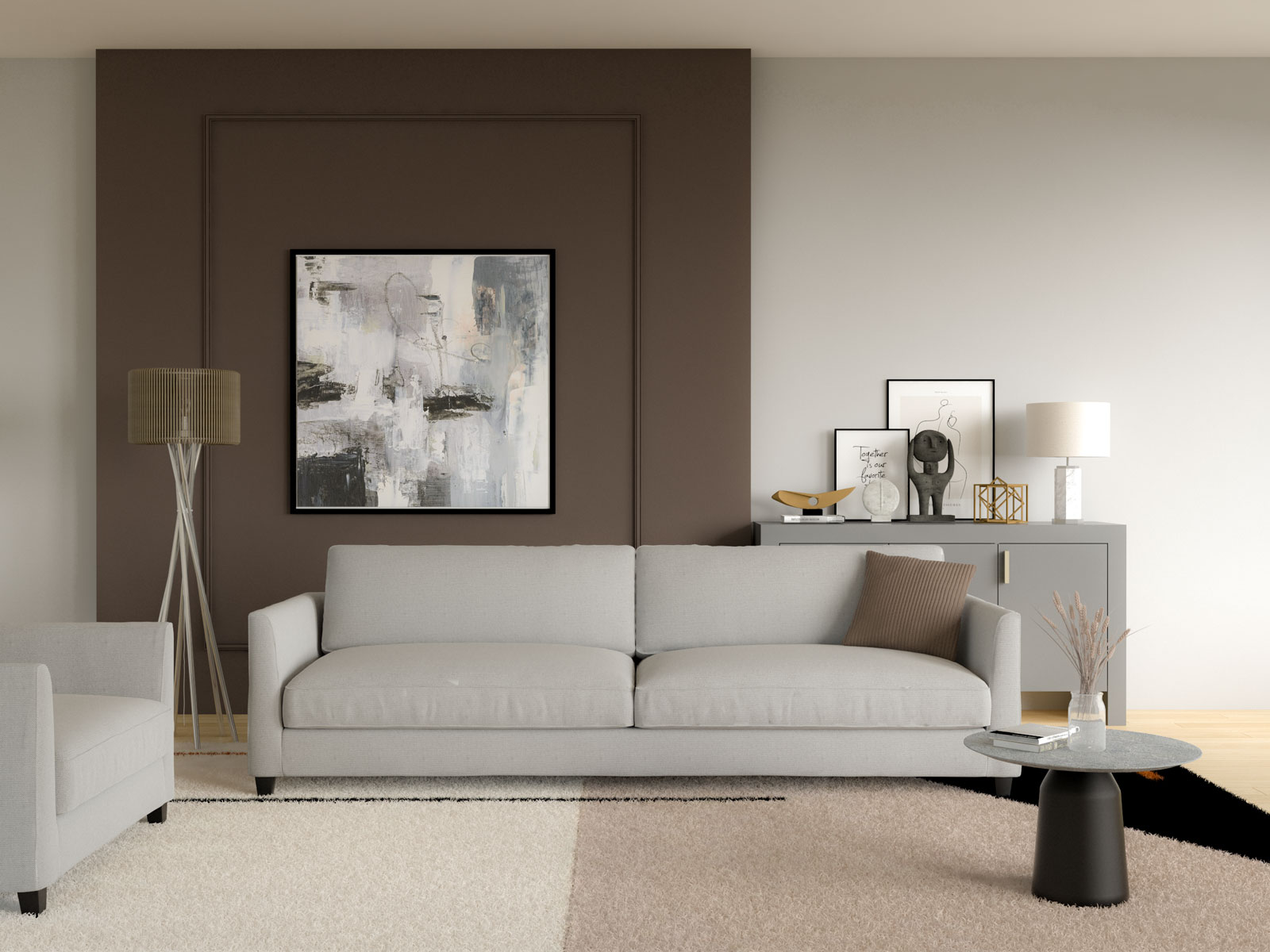
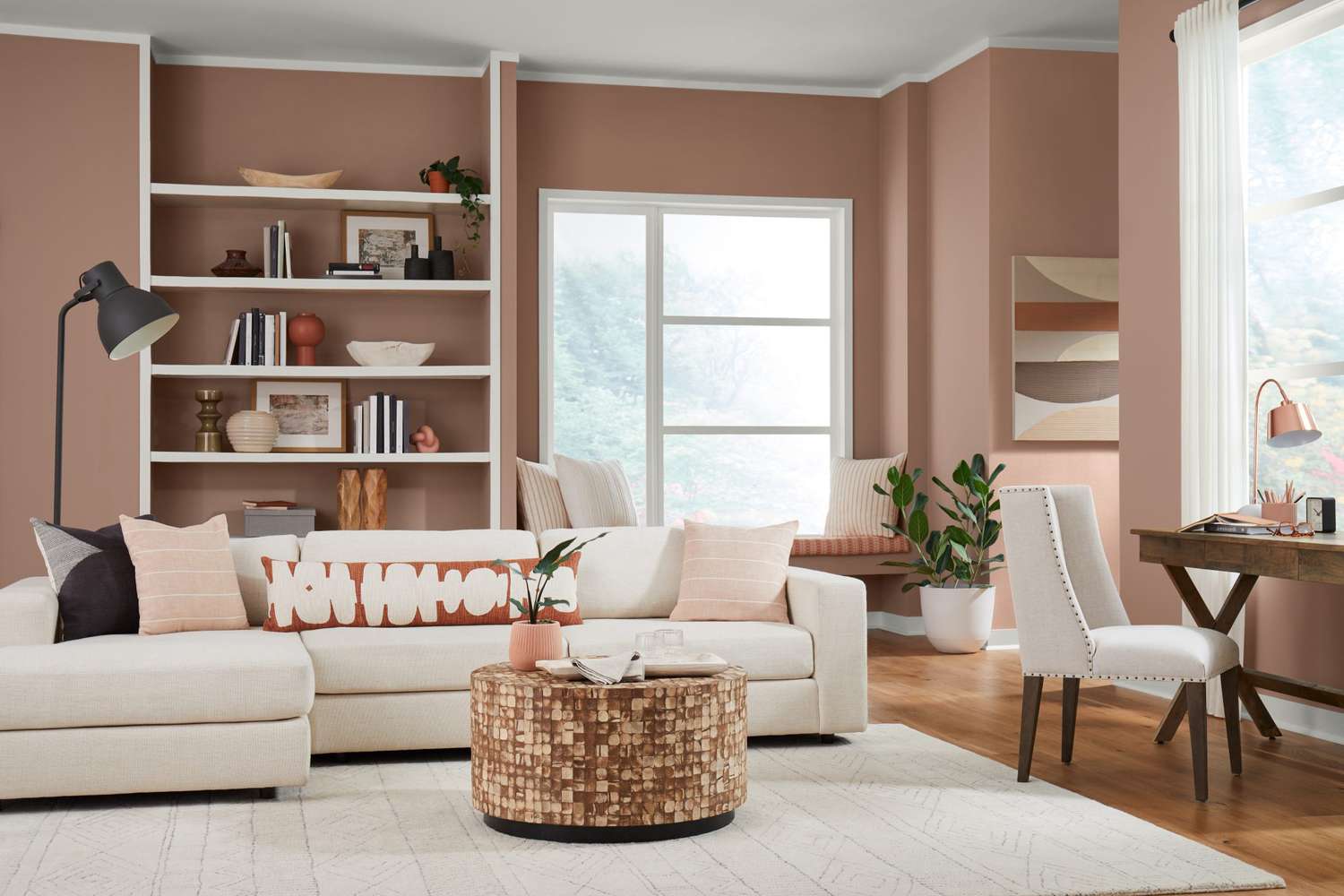
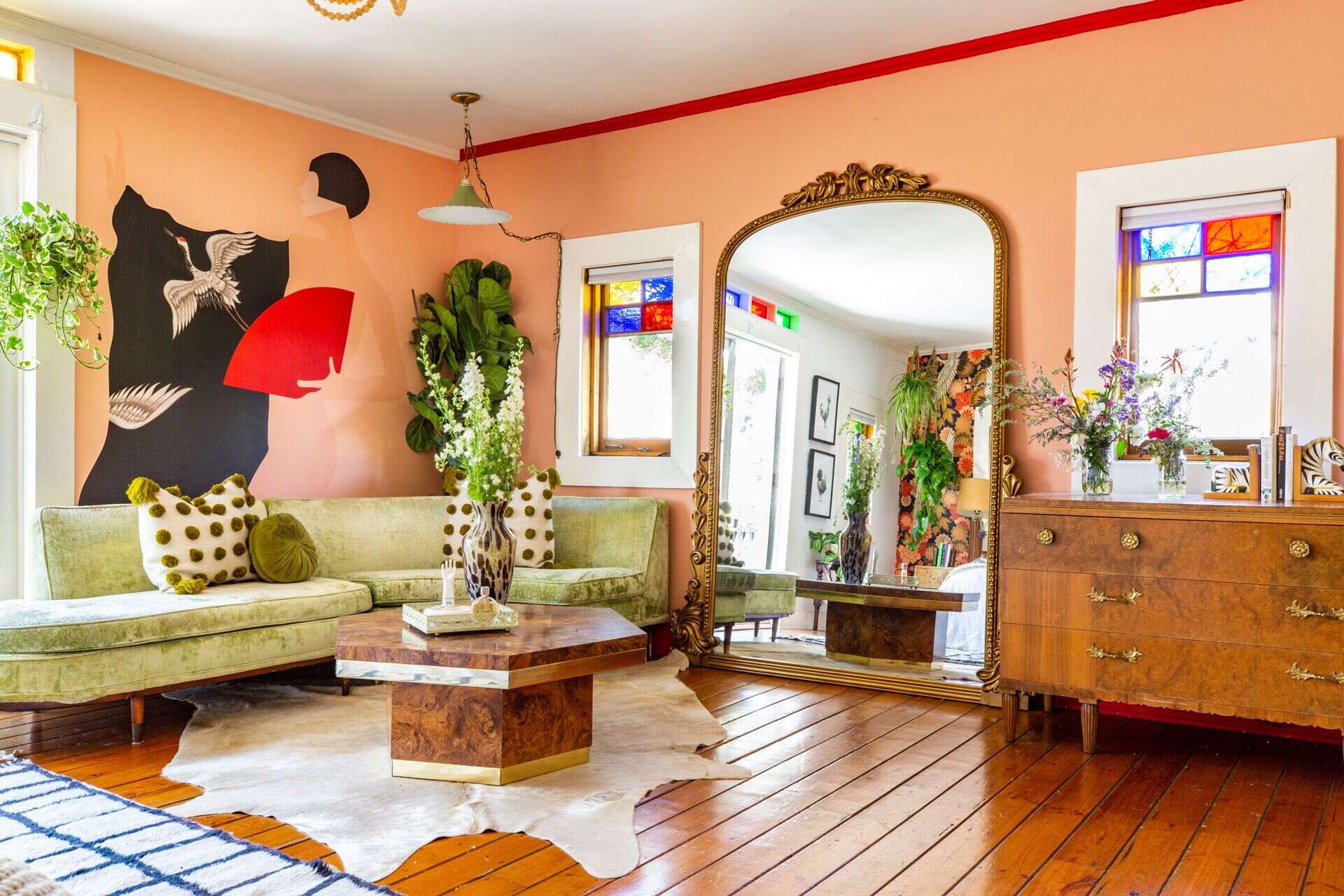
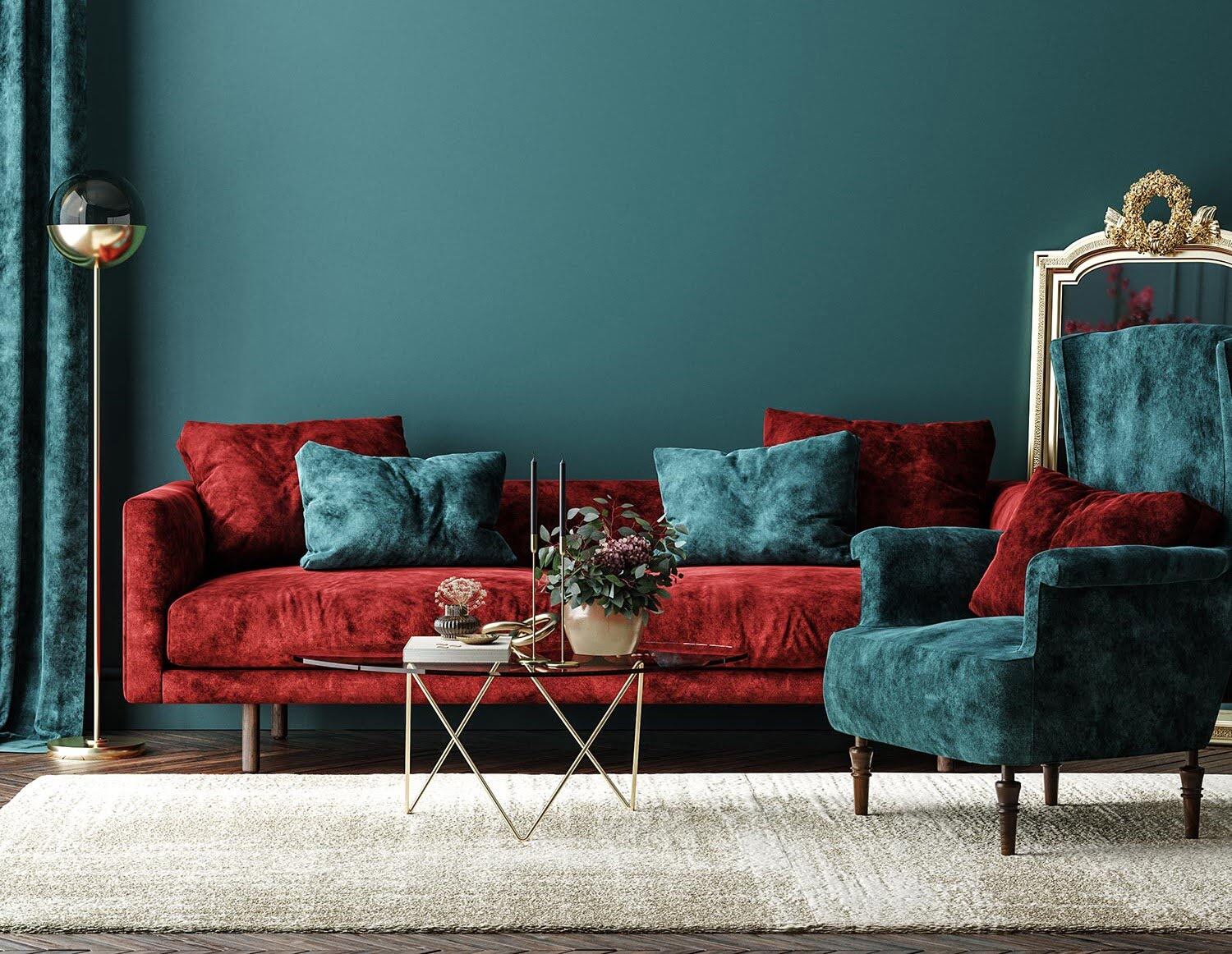
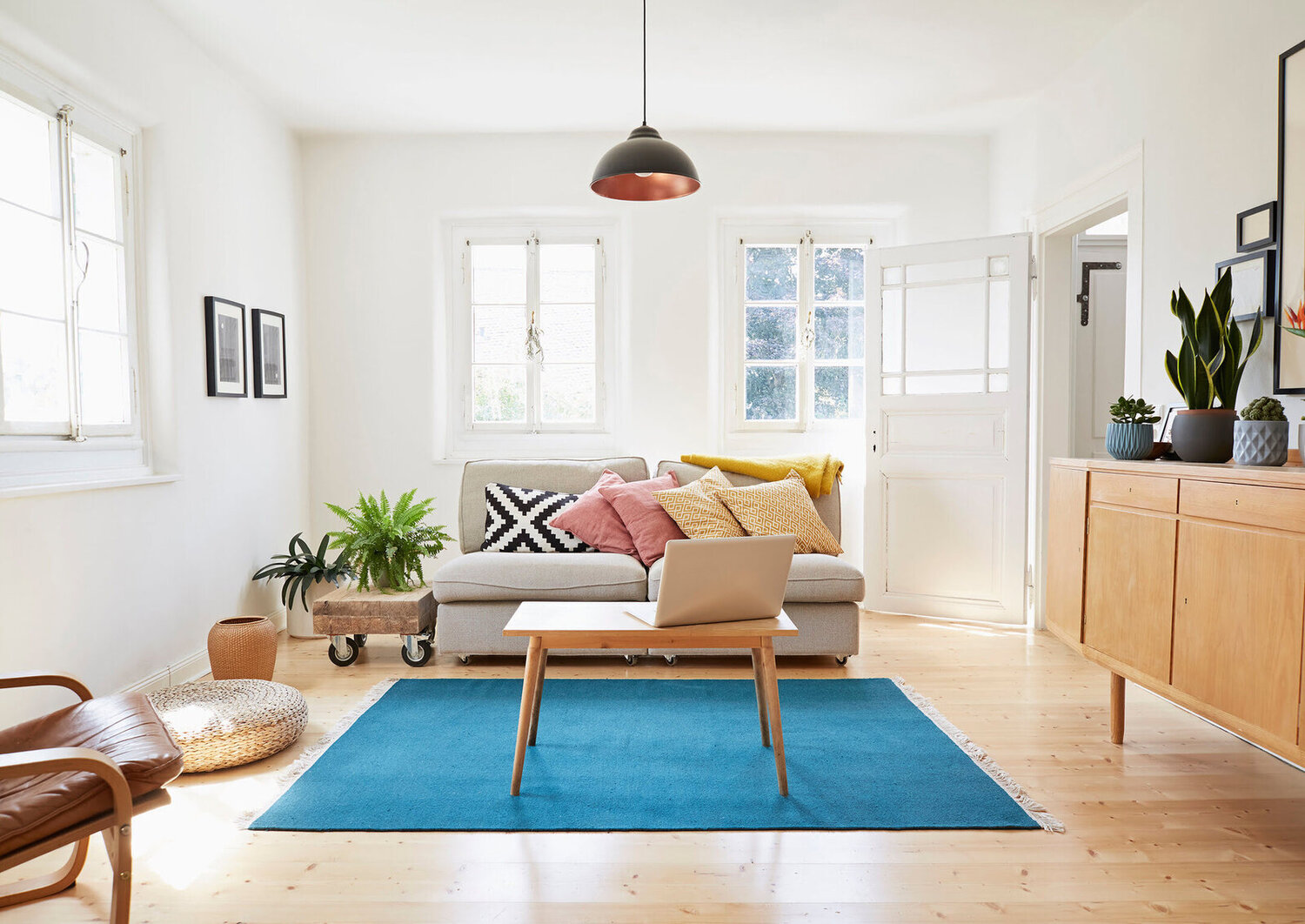
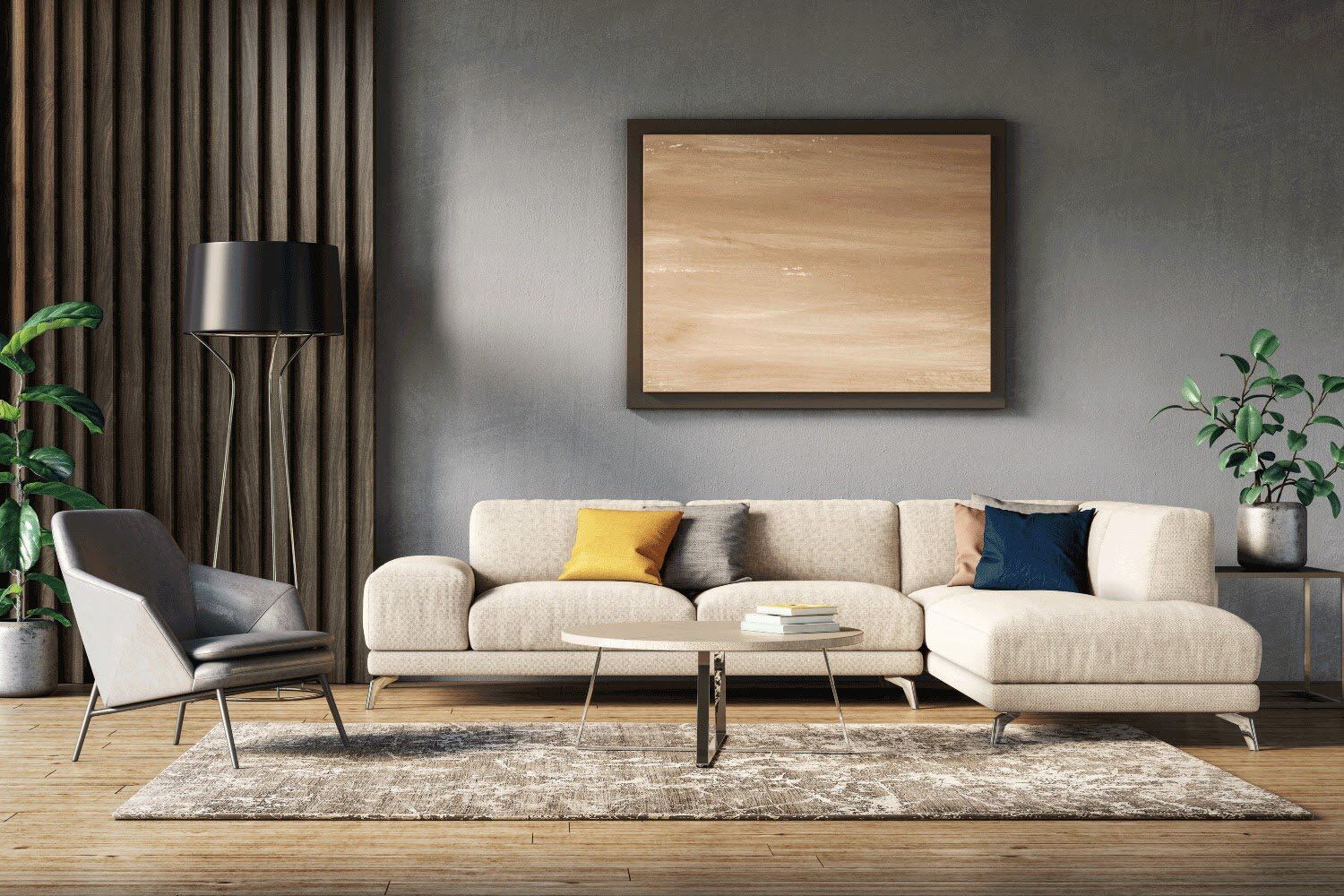
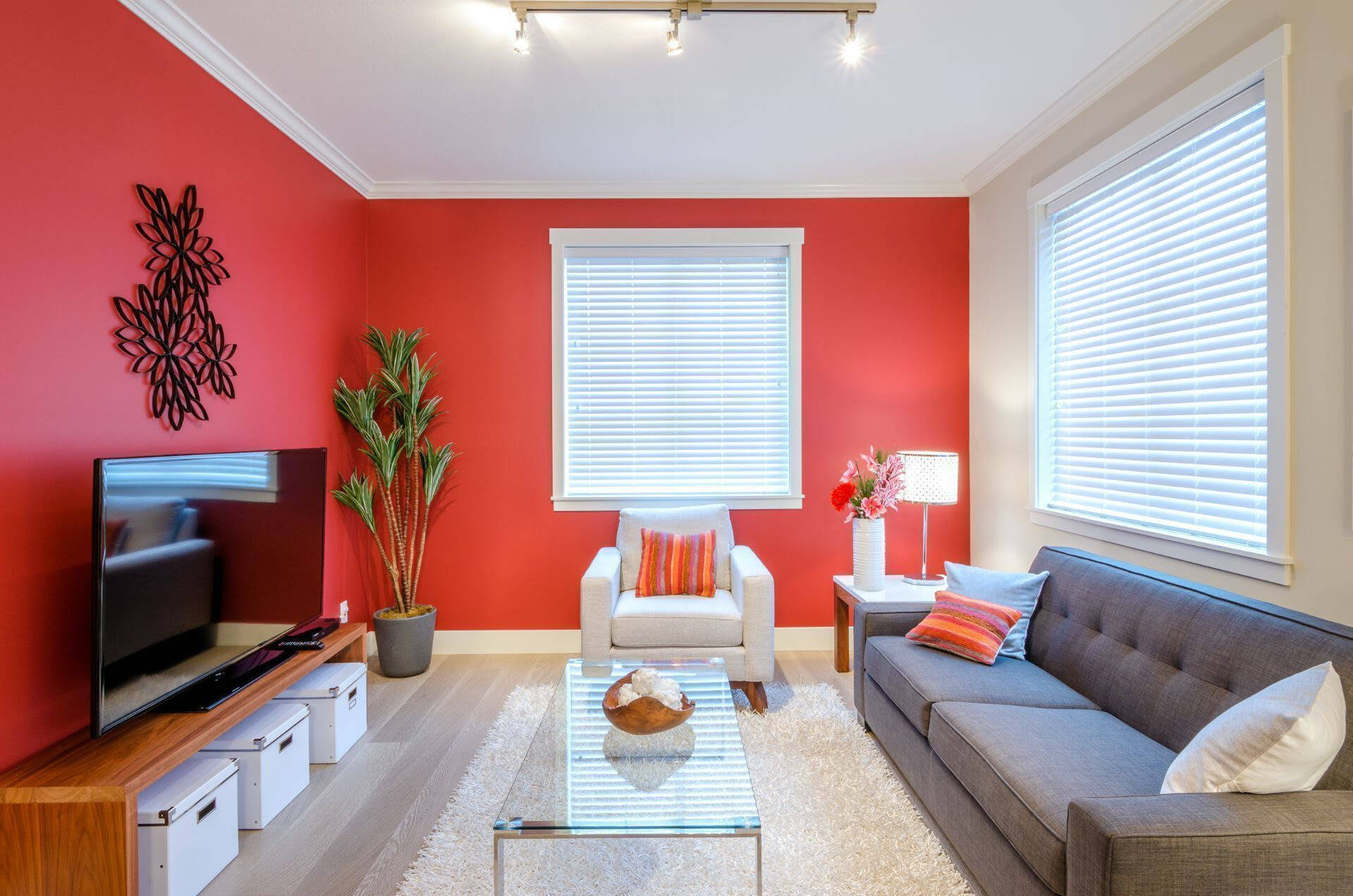

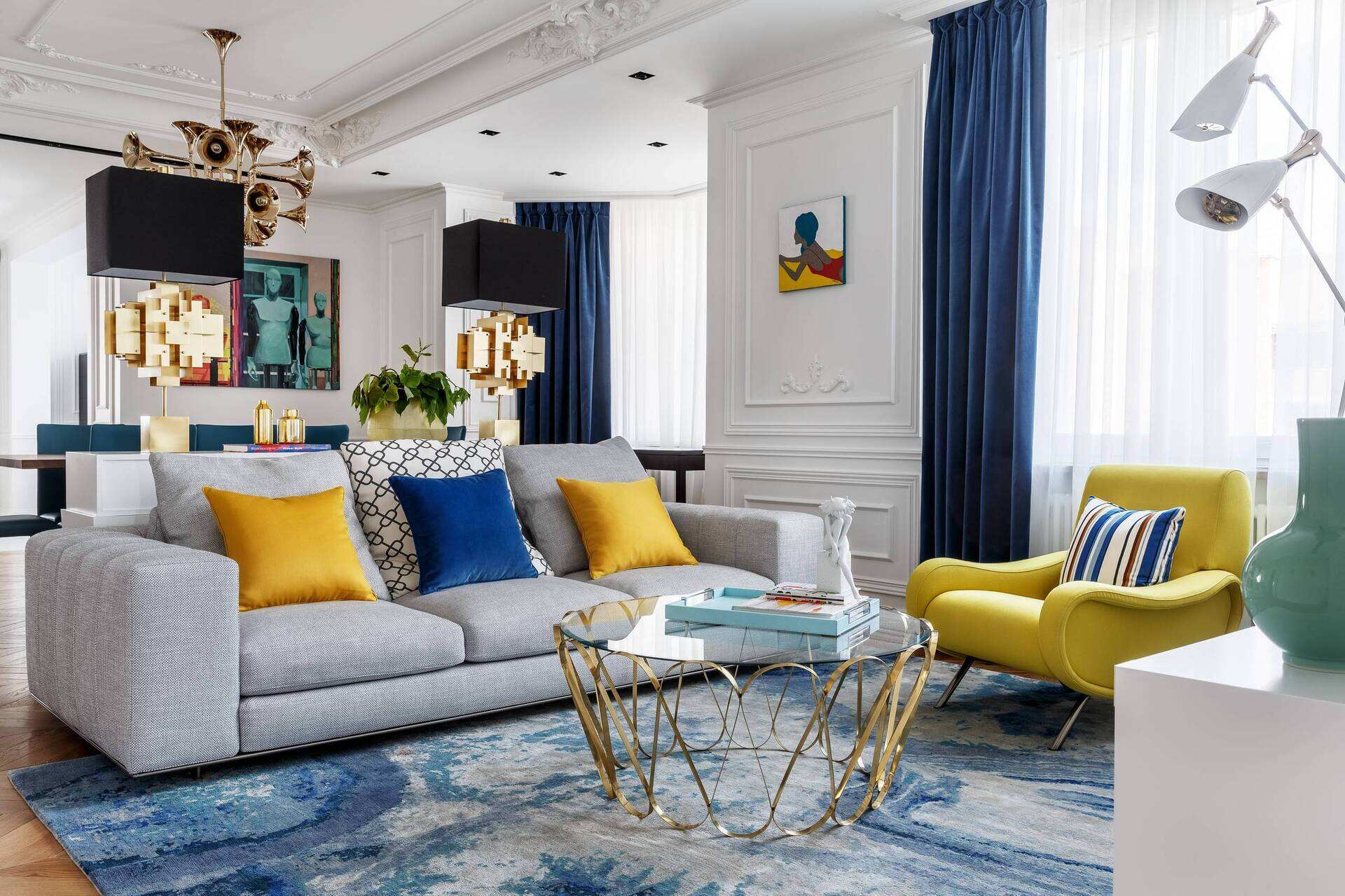
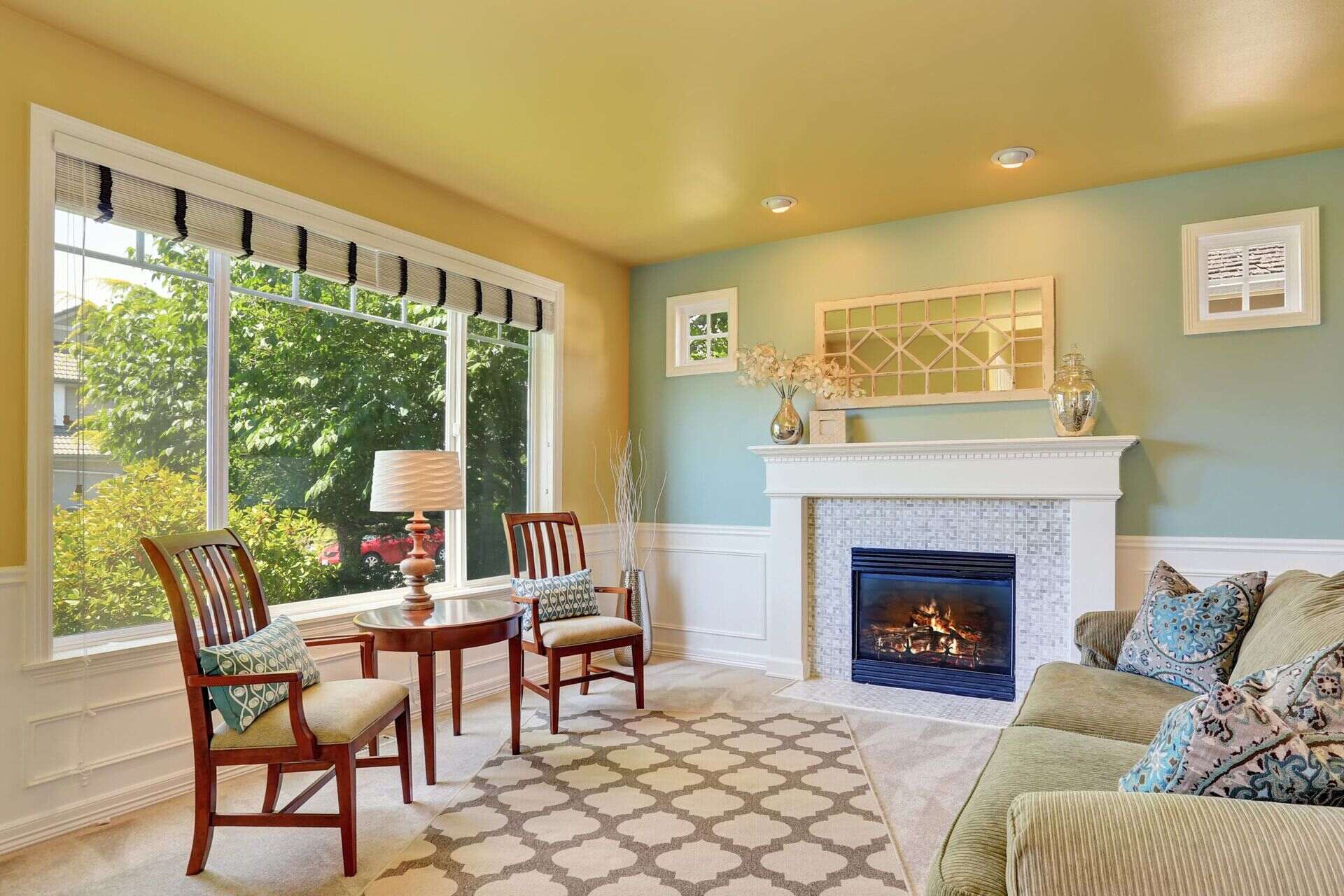
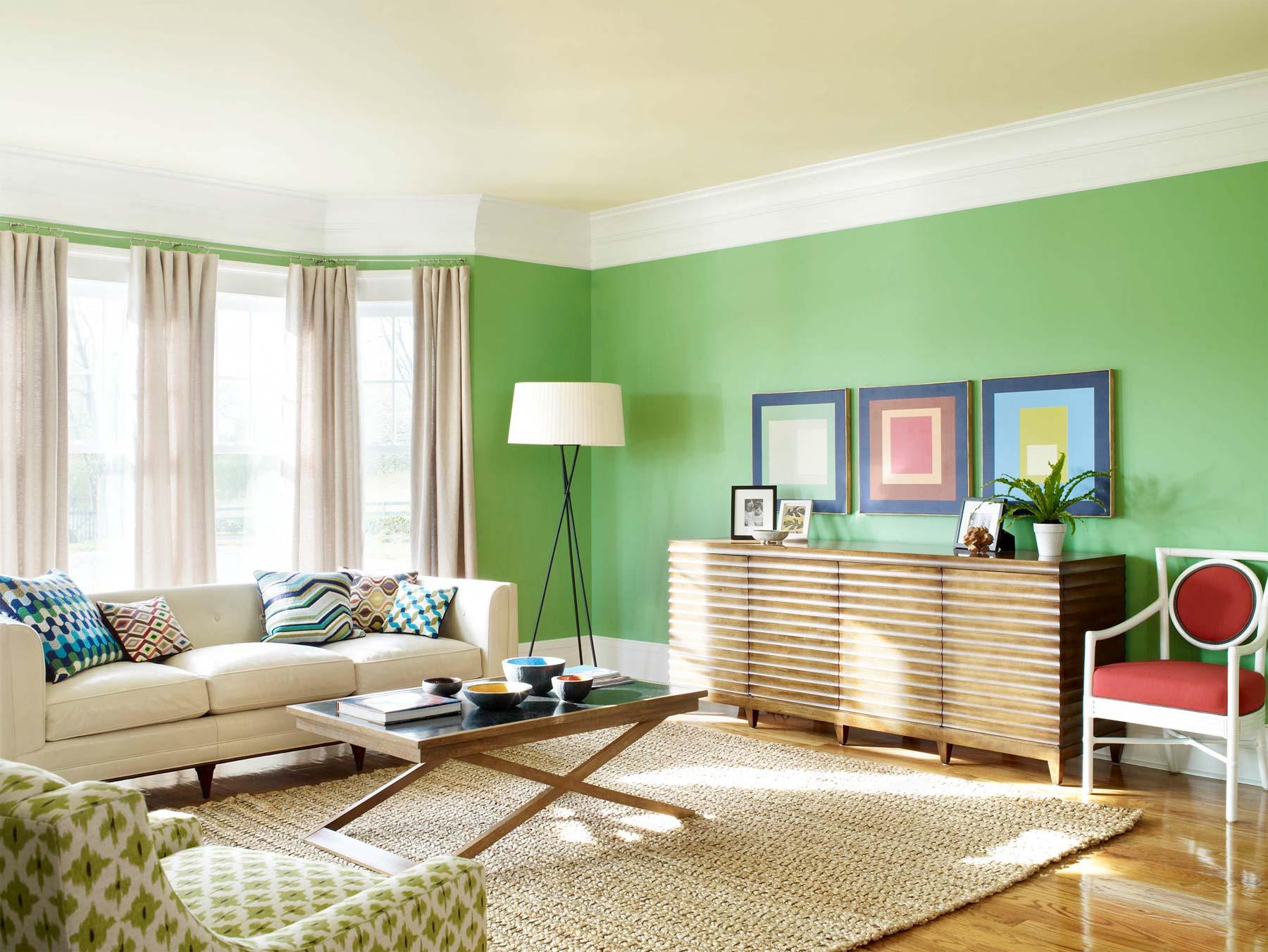
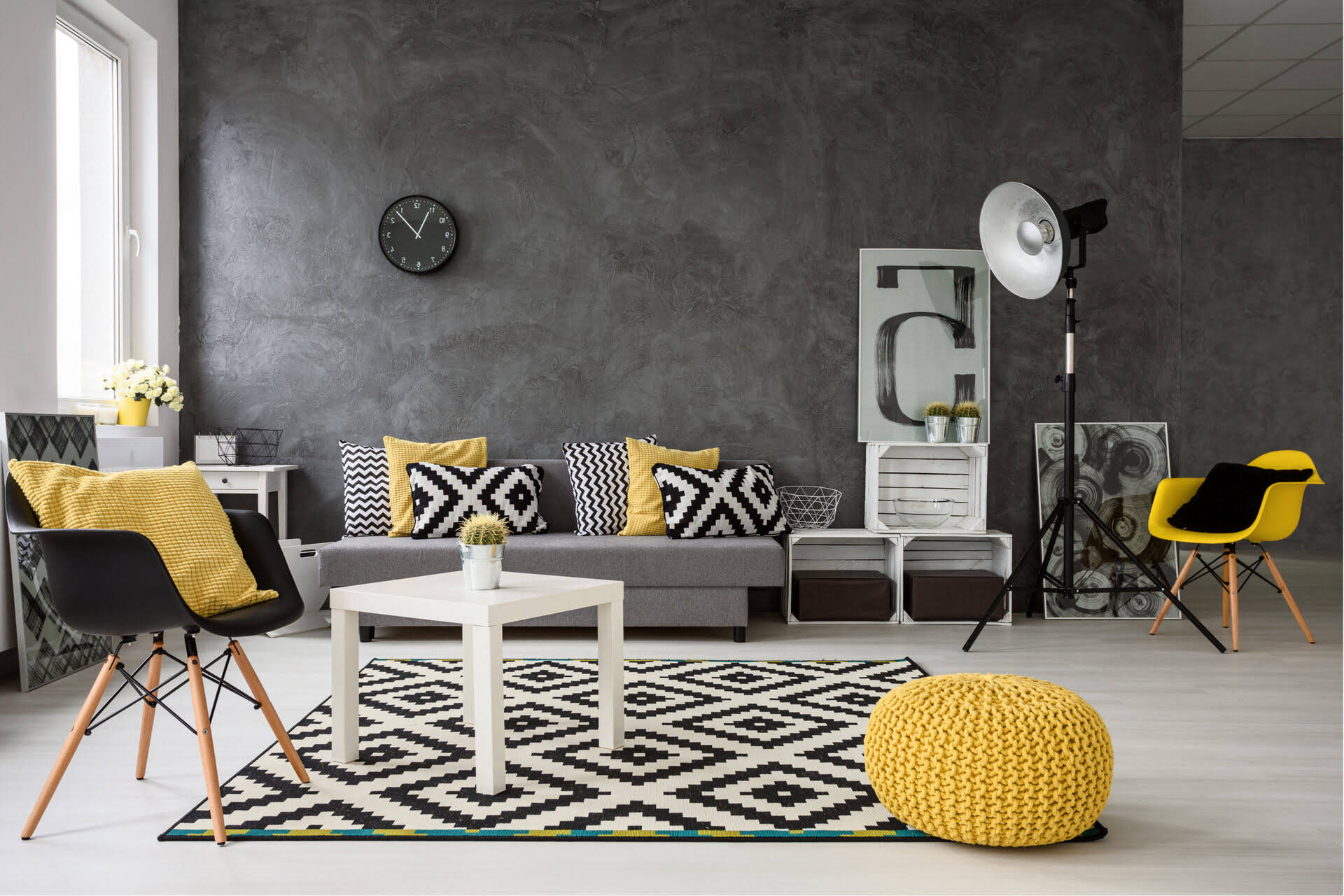
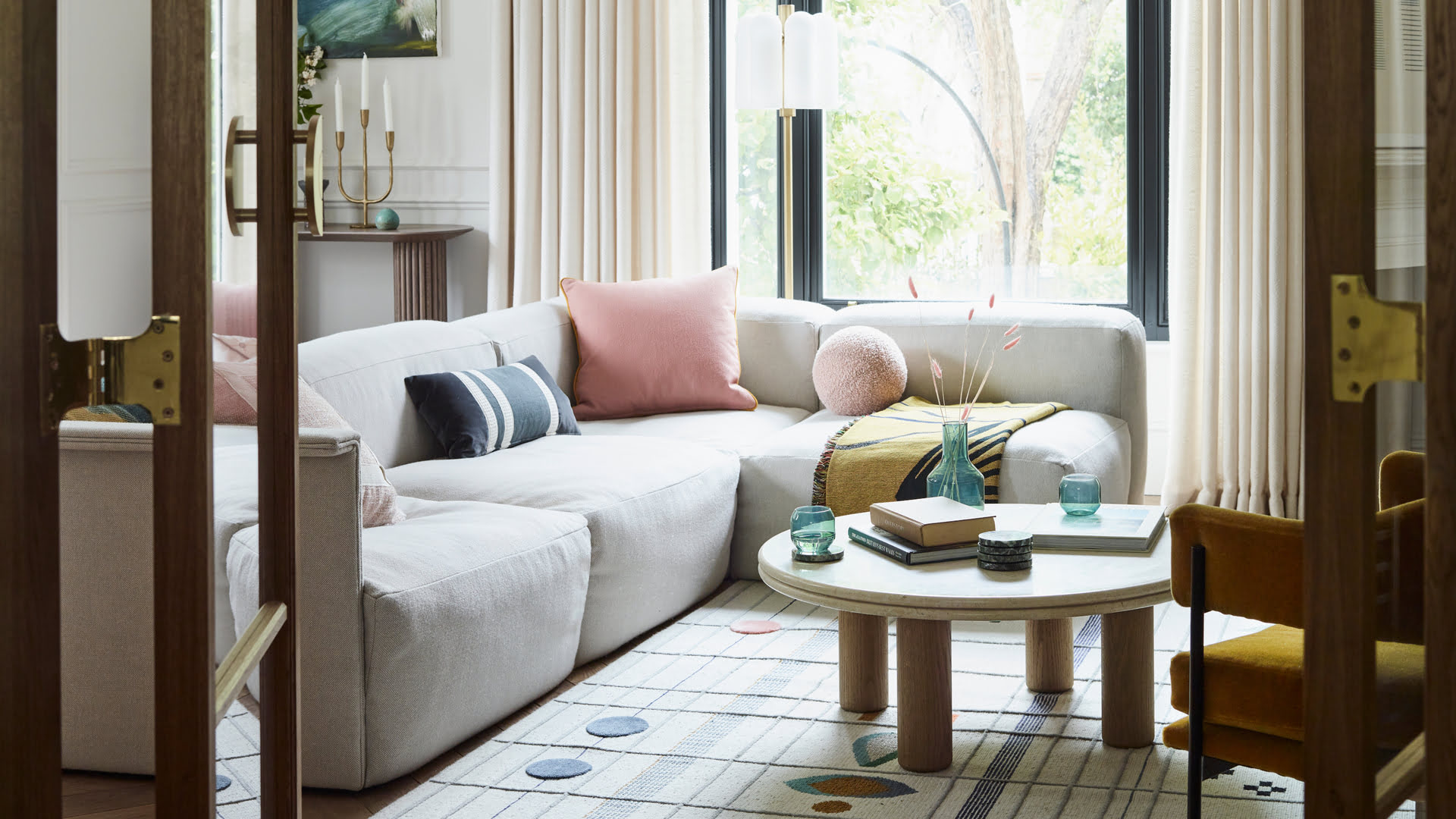

0 thoughts on “What Colors To Paint A Small Living Room”